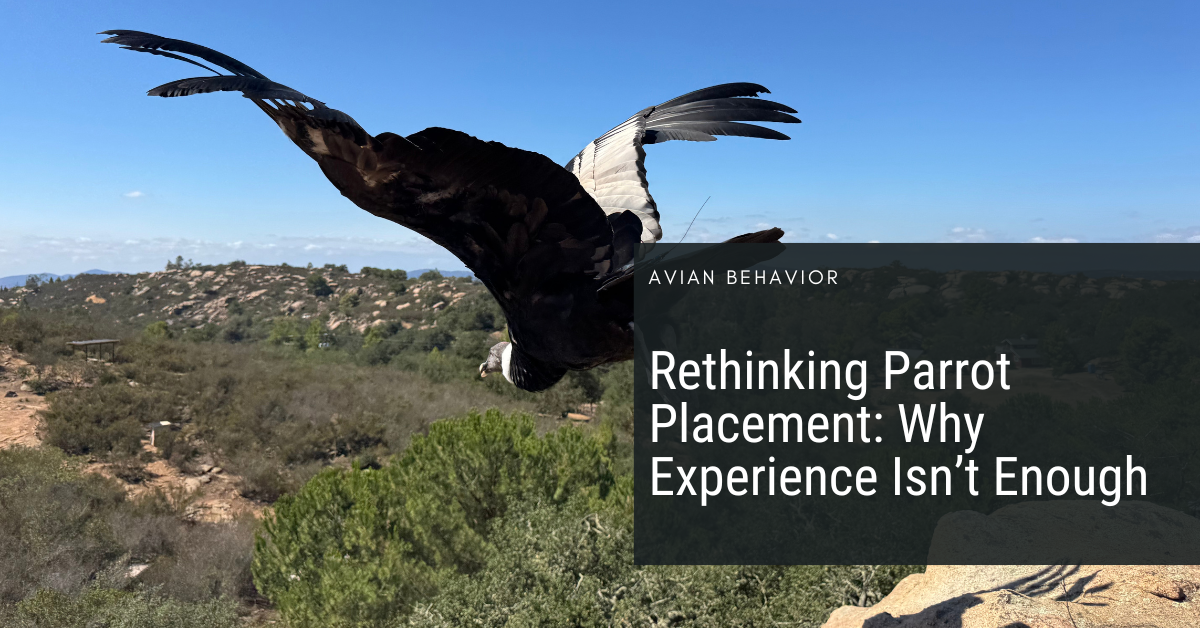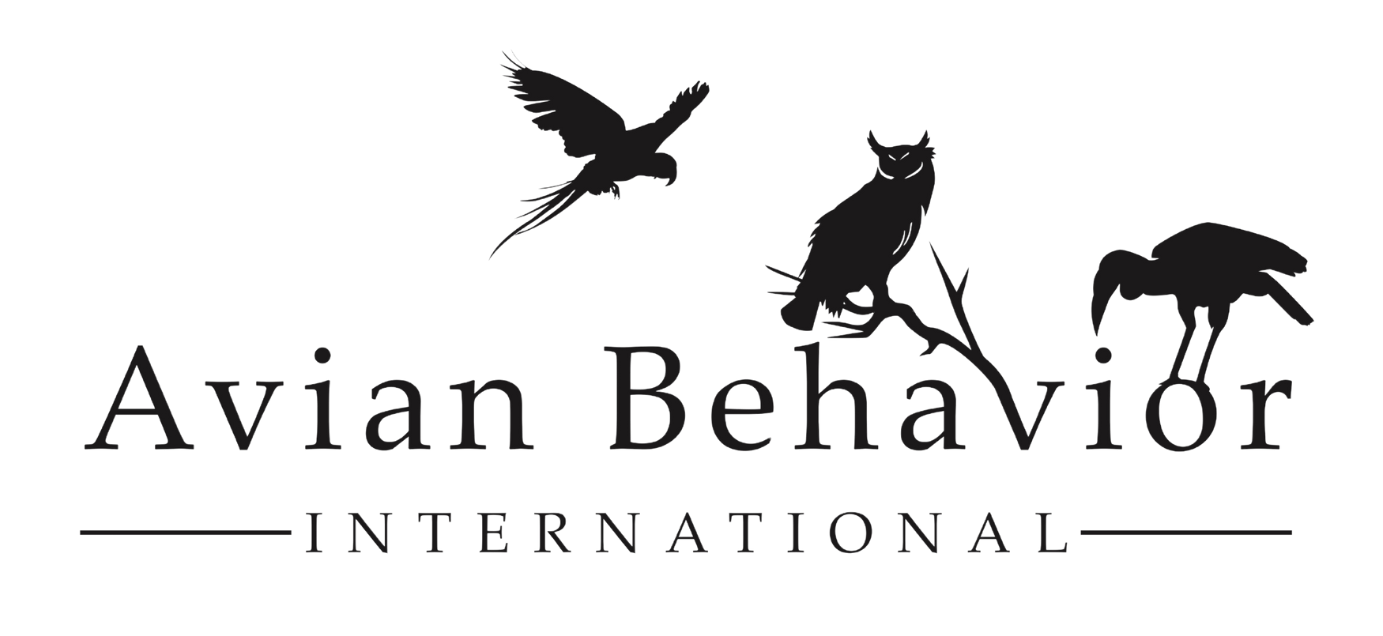
29 Oct Rethinking Parrot Placement: Why Experience Isn’t Enough
The Adoption Paradox
A five-year-old umbrella cockatoo lived most of his life in a closet. He scored “limited” on nearly every behavioral capability. Meanwhile, an adolescent macaw from an accomplished ethical breeder—fully fledged, never clipped, raised with every advantage—ended up back in the system after just two years with an experienced, well-resourced family.
What made the difference? Not the bird’s background. Not the adopter’s experience level. It was something we’ve been overlooking: behavior metrics combined with adopter characteristics that have nothing to do with previous parrot ownership.
The Problem With Traditional Evaluation
Most parrot adoption organizations today follow a familiar pattern:
- 95% require an avian care class before adoption
- We heavily weight “parrot experience” and “animal training background”
- We focus on material conditions: cage size, financial resources, space
But here’s what emerging data shows: these traditional factors don’t predict success as well as we thought.
The Experience Trap
That dog trainer with years of experience? They might actually face more frustration because they expect to “get it” based on their background. “I’m supposed to understand this!” becomes a barrier rather than an asset.
Parrot experience itself is fragmented across conflicting philosophies—from zoological management approaches that don’t translate to home environments, to anthropocentric views of parrot “happiness” that may actually contribute to rehoming rates.
What Actually Predicts Success: The Three C’s
Research on pet adoption outcomes points us toward factors that matter more than experience:
1. Curiosity – Willingness to learn about parrot needs, even when it contradicts previous assumptions
2. Openness – Being receptive to guidance. This matters more than any workshop attended, because it means they’ll actually implement evidence-based approaches when challenges arise
3. Commitment – Not the fantasy of a “forever home,” but a genuine desire to work through challenges rather than assume incompatibility
Enter Behavior Metrics: A Constructional Approach
Instead of asking “what’s wrong with this bird?” we assess competencies across three categories:
Environmental Factors: Diet variety, flightedness, physical enrichment engagement, comfort with novelty
Learning History Factors: Motivation for contrived reinforcers, step-up fluency, cooperative behaviors
Ethological Factors: Comfort around different demographics, noise production patterns, territorial behaviors
Each factor is rated from “Limited” to “Excellent”—not as judgment, but as a clear assessment of current skills and needed support.
Two Birds, Two Outcomes
The closet cockatoo scored “limited” across the board. Using behavior metrics, his foster organization could say: “This bird will need someone committed to building basic skills from the ground up. But here’s exactly what you’ll be working on…”
He was adopted by someone with minimal parrot experience but high curiosity and commitment. They knew what they were signing up for. The organization could provide targeted support. The adoption succeeded.
The macaw initially scored “excellent” in many factors. But over time:
- Diet variety became increasingly limited
- Enrichment interest dropped
- External reinforcer repertoire narrowed
The family had experience and resources, but lacked curiosity and openness. When behavior challenges emerged, they attributed it to something inherently wrong with the bird. Within two years, he was back in the system.
What Makes This Different
It’s Constructional, Not Pathological
Traditional: “This bird bites when stepping up. How do we stop the biting?”
Behavior Metrics: “This bird scores ‘limited’ in step-up fluency and motivation for contrived reinforcers. Let’s build a foundation of cooperative behaviors and expand the reinforcer repertoire.”
We’re not treating symptoms. We’re building comprehensive behavioral wellness.
It Accounts for Dynamic Change
That macaw didn’t start with a limited diet. The home environment shaped those changes.
Behavior metrics let us track regression, not just starting points—so we can identify when adoptions are heading toward trouble before they fail.
It Guides Targeted Intervention
Every “limited” rating becomes a skill-building opportunity, not a permanent liability. And organizations know exactly where to focus their pre- and post-adoption support.
Real-World Applications
For Adoption Organizations:
- Structured assessment tool volunteers can use consistently
- Clear talking points with potential adopters
- Priorities for foster work—which skills to build pre-adoption
For Educators and Trainers:
- Move beyond “fix the screaming” to expanding reinforcer repertoires
- Identify gaps that predict future challenges
- Set realistic expectations based on actual capabilities
For Foster Families:
- Clarity on what you’re evaluating
- Concrete goals for skill development
- Language to articulate what kind of home would match best
The Missing Piece
Here’s something surprising: As of 2024, no standardized set of welfare indicators has been identified for parrots (Pissedu et al., 2024).
We’re placing highly intelligent, long-lived, complex animals into homes, but we have no field-wide agreement on what markers actually indicate good welfare.
The behavior metrics framework is a step toward establishing those indicators—creating a common language and building a data set that helps us understand what actually predicts long-term welfare.
Starting Small
You don’t need a complete overhaul. Behavior metrics organize what you’re already doing.
Start with:
- Pick 3-5 factors causing the most placement failures
- Start tracking just those for birds in your program
- Notice patterns: Do birds scoring low in certain areas cycle through more homes?
- Use what you learn to refine screening and support
It’s not more work. It’s smarter work.
The Bottom Line
The umbrella cockatoo from the closet is thriving—not in a mythical perfect home, but with adopters who knew what they were taking on.
The macaw from the ideal breeder deserved better than a placement that looked perfect on paper but lacked the fundamental characteristics that predict success.
Both birds taught us that what we’ve been measuring isn’t what matters most.
Behavior metrics aren’t another burden—they’re a tool that gives us clarity in a field that’s been operating on intuition and hope for too long.
The birds deserve it. The adopters deserve it. And we deserve a framework that actually helps us succeed.
Want to dive deeper into behavior metrics and adoption success? Join us inside the Avian Behavior Lab where we have hundreds of hours of deep dive courses and live trainings to take your knowledge further. Use code: AVIAN to get your first 2 weeks free!

